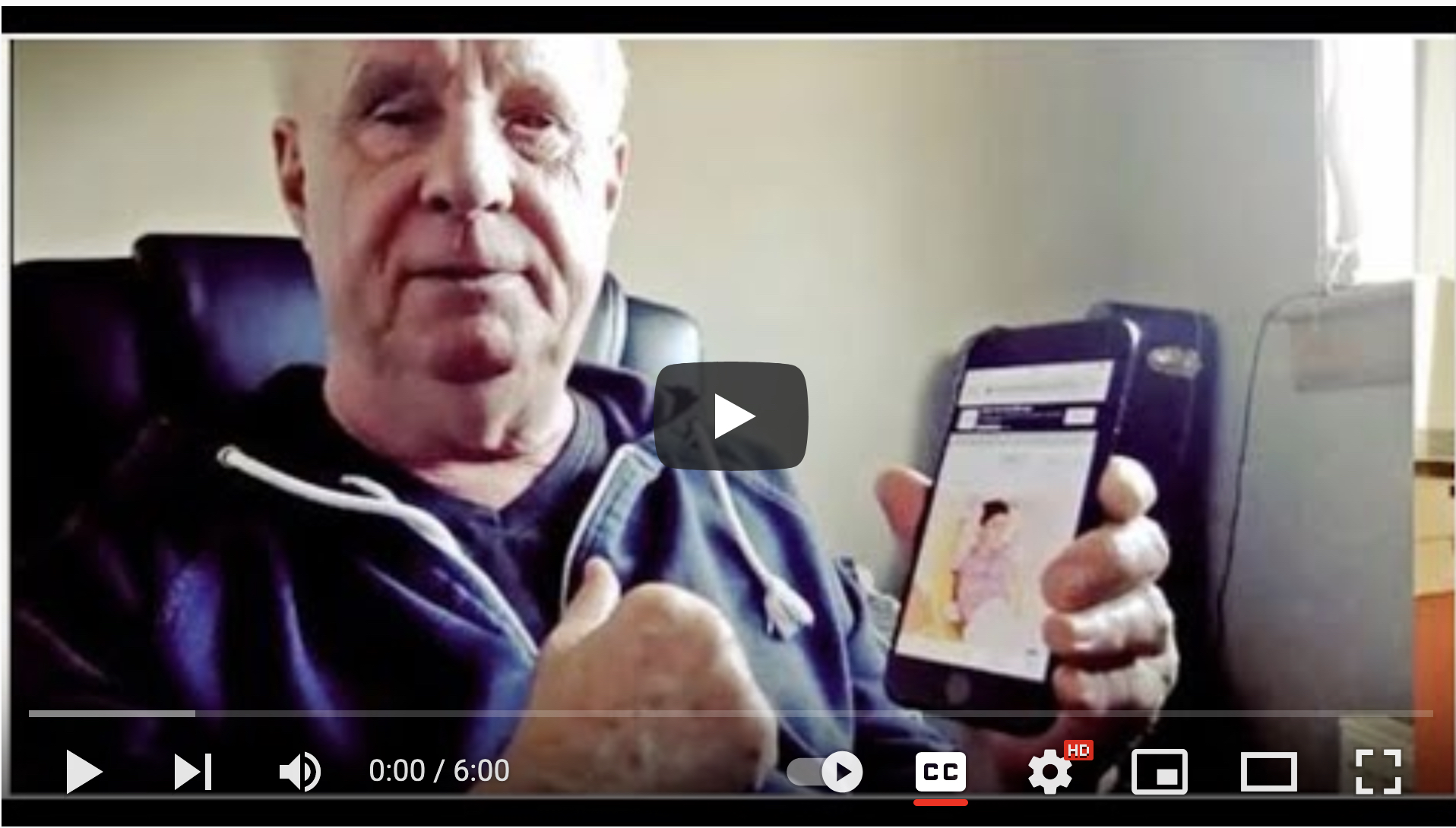Consider the World Wide Web Consortium Web Content Accessibility Guidelines (WCAG 1), Checkpoint 10.5:
“Until user agents (including assistive technologies) render adjacent links distinctly, include non-link, printable characters (surrounded by spaces) between adjacent links. ”
Generally when trying to ensure that my web pages meet this particular requirement I’m thinking about navigation bars; I’m either marking them up as lists, or putting printable characters between adjacent links (if necessary I make them invisible via CSS).
Unfortunately that isn’t always enough to ensure a clean bill of health with regard to this particular checkpoint. It is easy – particularly on a page that gets updated often – to violate this rule in the bodytext of the page, e.g., when a sentence that ends with a link, is followed by one that begins with a link.
The solution is to get into the habit of adding the full stop after the anchor tag; simple but effective. As web accessibility tips go – it’s not the most significant one I’ve ever published. However, having adjacent links without a printable character between them, means your well-crafted page won’t pass WCAG Priority 1; and someone is bound to get in touch to alert you to that fact.
Links
Tags: accessible links, links
Related Content
- Accessibility Auditing – WCAG 2.1 & WCAG 2.2 and Accessible Website Design, UKJim Byrne is an accessibility specialist with three decades of experience in accessible website design, training and accessibility auditing and consultancy for the not-for-profit, education, public and third sector. An award-winning website developer, website accessibility training provider and WCAG 2 expert ( he provided feedback on the development of WCAG ...
- How to create accessible emailEmail has become one of the most common ways to communicate. It is a good and economical method of disseminating information to people where they want to receive it. Emails are used for private communication, confirming transactions, newsletters, reminders for appointments, marketing and invitations, to name just ...
- Accessibility of audio and video content on the webI have re-published this content from a report I wrote for The Spoken Word Project in March 2007 - because it occurred to me that this might be useful information for organisations thinking of adding video to their websites. Time constraints mean that this document cannot be considered a definitive ...
Take my Web Accessibility Online Training Course - WCAG 2.1 Compliance
Learn to design and manage WCAG compliant, accessible websites with my online course
You will learn both the techniques of accessible website design and an entire ‘framework for thinking about the subject’. It will equip you with the skills to understand, identify and fix issues any accessibility issues you come across. Watch the free videos to get a taste of what is on the course.
)
Working with non-profits, charities, voluntary and public sector organisations and social enterprises for over 20 years. Jim set up one of the worlds first website accessibility web agencies in the mid 1990s.